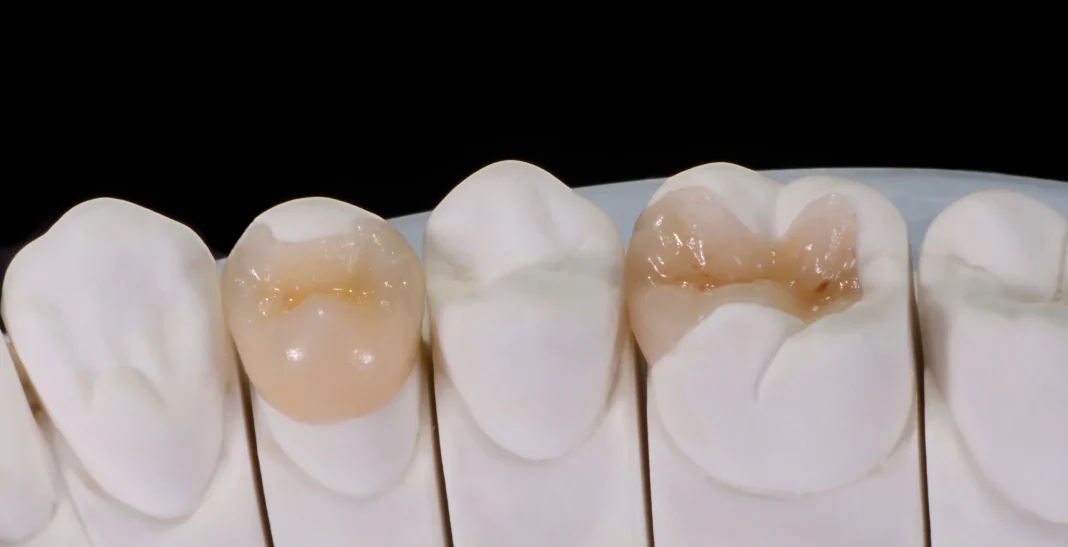In recent years, dental medicine has witnessed remarkable advancements that enable patients to restore both the function and appearance of their teeth with greater precision, comfort, and durability. Modern dental restorations focus not only on addressing oral health issues but also on enhancing aesthetics to provide patients with natural-looking, confident smiles. This article explores the leading contemporary approaches in dental restoration, including the roles of dentists, implants, and complementary treatments.
Dentist: Enhancing Smiles and Oral Health
A skilled dentist plays a pivotal role in diagnosing dental problems and crafting personalized treatment plans that balance functional restoration and aesthetic improvement. Whether patients require a simple filling, complex crown placement, or full-mouth rehabilitation, the dentist’s expertise is fundamental in selecting the most suitable approach that preserves oral health while restoring natural tooth appearance.
Dentists today utilize advanced diagnostic tools such as digital X-rays, 3D imaging, and intraoral scanners, which enable precise treatment planning and minimally invasive procedures. These technologies also improve patient comfort and reduce chair time, making dental visits more approachable and effective.
Implants: Revolutionizing Tooth Replacement
Dental implants have transformed the way missing teeth are replaced. Unlike traditional dentures or bridges, implants provide a permanent solution by anchoring artificial teeth directly into the jawbone, mimicking the natural tooth root. This not only restores chewing ability and speech but also helps maintain jawbone density and facial structure, which often deteriorate after tooth loss.
Modern implantology offers various implant types and techniques, including immediate load implants and computer-guided implant placement, which optimize success rates and shorten recovery time. Moreover, implants are designed to blend seamlessly with the patient’s natural teeth in both color and shape, making them virtually indistinguishable.
Crowns and Bridges: Classic Yet Evolving
While implants offer an excellent long-term solution for tooth loss, traditional crowns and bridges remain vital for restoring damaged or missing teeth, especially when implants are not feasible. Crowns are custom-made caps placed over damaged teeth to restore strength and aesthetics, while bridges fill the gap created by one or more missing teeth by anchoring to adjacent natural teeth.
Recent advancements in dental materials, such as zirconia and lithium disilicate ceramics, provide crowns and bridges with enhanced durability and superior aesthetics. These materials mimic the translucency and texture of natural enamel, improving patient satisfaction and smile confidence.
Veneers and Cosmetic Bonding: Enhancing Appearance
For patients primarily seeking aesthetic improvements rather than functional repairs, veneers and cosmetic bonding are minimally invasive options that can transform the appearance of teeth. Veneers are ultra-thin porcelain shells bonded to the front surface of teeth, concealing imperfections such as discoloration, chips, or minor misalignments.
Cosmetic bonding involves applying a tooth-colored resin material directly to the teeth to repair chips, close gaps, or reshape teeth. Both procedures are typically quick, painless, and require minimal tooth alteration, making them popular choices for smile enhancement.
Orthodontic Solutions: Aligning Function and Beauty
Proper alignment of teeth is crucial not only for aesthetics but also for optimal function and oral health. Modern orthodontics offers innovative options beyond traditional braces, such as clear aligners and lingual braces, that provide effective teeth straightening with greater discretion and comfort.
By correcting bite issues and misalignments, orthodontic treatments improve chewing efficiency, reduce wear on teeth, and facilitate easier cleaning, which collectively contribute to long-term dental health.
Tissue Regeneration and Laser Dentistry
Advances in regenerative dentistry and laser technology are enhancing the outcomes of restorative procedures. Techniques such as bone grafting and guided tissue regeneration enable dentists to rebuild lost bone and gum tissues, creating a strong foundation for implants or other restorations.
Laser dentistry allows precise removal of decayed or diseased tissue with minimal discomfort and faster healing times. It is also increasingly used for gum contouring and treatment of periodontal disease, further supporting the overall goals of function and aesthetics.
Conclusion
The modern dental landscape offers a comprehensive suite of restoration options tailored to the unique needs of each patient. From the expertise of the dentist in planning and executing treatments to the transformative potential of implants, crowns, veneers, and orthodontics, patients can achieve not only functional recovery but also beautiful, lasting smiles. Coupled with advances in materials and technology, these modern approaches ensure dental care is more effective, comfortable, and aesthetically pleasing than ever before.

